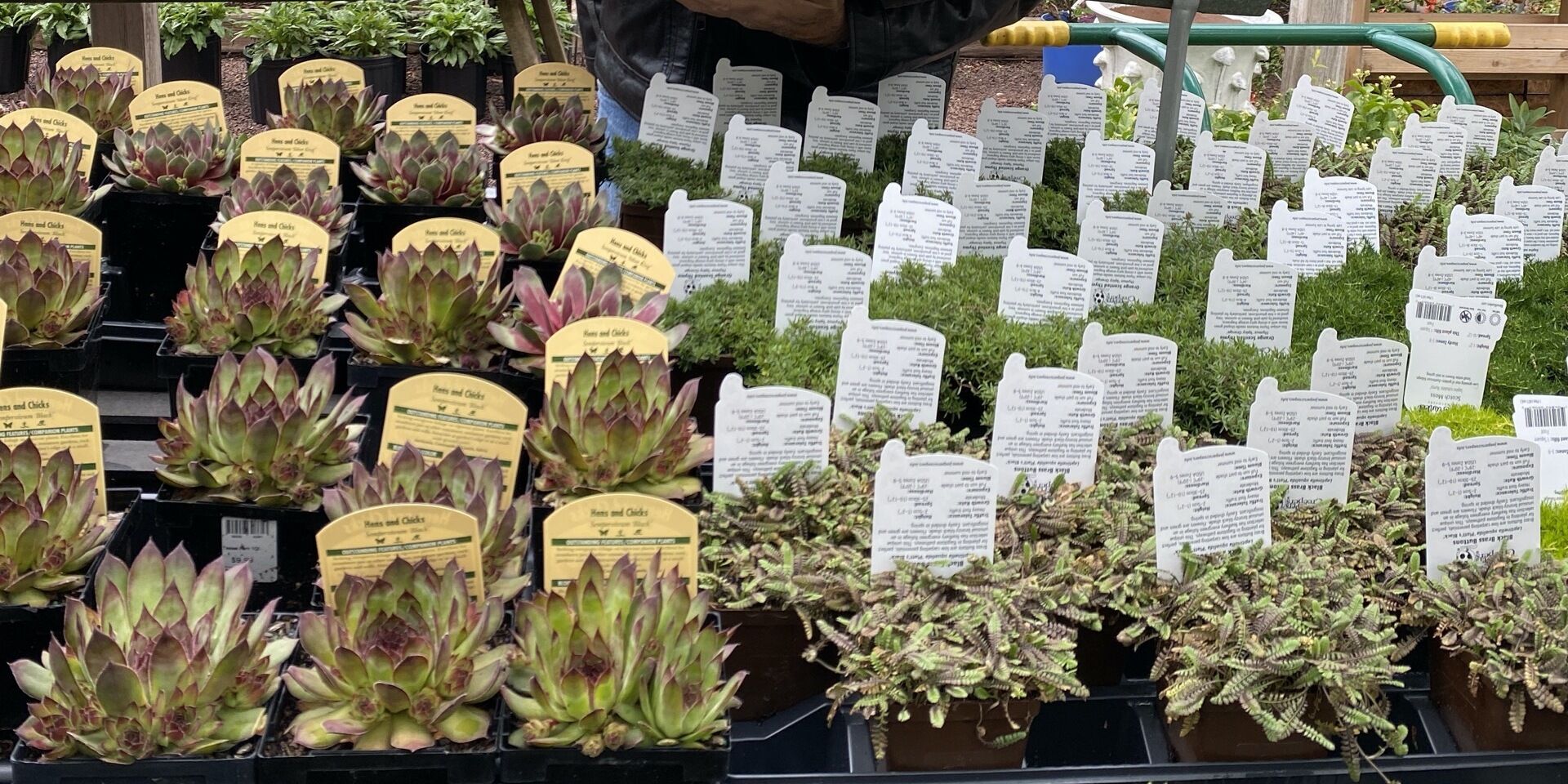Retailers were placing more and more emphasis on clean and unambiguous labeling, as the botanical know-how of the advisory staff in retail often left a lot to be desired and it was recognized that plants that are “dressed up” and well labeled often sell much faster.
The labels became bigger, sometimes even very striking, the ideas and designs became more imaginative, more and more the plant was no longer simply depicted with a few care instructions, but one began to tell stories piece by piece, "storytelling" was born. The label, the poster, the table display, all these possibilities to stimulate the customer's imagination especially for this plant. The picture label began to take on new tasks: give good, clear information and arouse enthusiasm, sell! Mind you, all of this at the lowest possible price! At the time, of course, the material was also discussed, but that was still very much in the background. If so, then the material was about practicability, i.e. labels had to be waterproof, weatherproof, not brittle, even after periods of frost, and with all of this they always had to look good and be easy to attach. But already in this phase the printing industry began to focus on sustainable, environmentally neutral materials, which, however, was still barely noticed by customers.
Currently, a picture label must of course have all the properties that make it a good label, a good "silent salesman".
But in addition, the material must meet the requirements that environmental and climate protection demands and that match the disposal and recycling modalities!
Modern picture labels can do that, they are made from a high percentage of recycled plastic and can often be 100% recycled over and over again. There is hardly any recycling material from the yellow bin that can be used for processing in printing, but it is from industrial recycling. The material is also rare, so we have a.o. internally closed circuits, in which pressure residues and waste go back into the circuit, in order to ultimately return for new productions.
This is a good thing, because doing without plastic in the effort to produce supposedly "sustainable" labels, e.g. making it out of cardboard is of course difficult in horticulture. Here water is omnipresent, moist, organic substrate, high humidity. Conditions that paper naturally cannot tolerate well. In addition, as is well known, paper is made of wood, and this resource is also of crucial importance for the world's climate.
We have been working intensively for years on the development of environmentally friendly materials that are well suited as advertising media for plants and - very important - are economical! We expect good new findings and results in the future.
Attractive advertising for the plant at the POS, good signage and labeling, creating enthusiasm for living greenery, that’s an important cornerstone for the green market in order to develop in a modern and safe manner into a healthy future.









